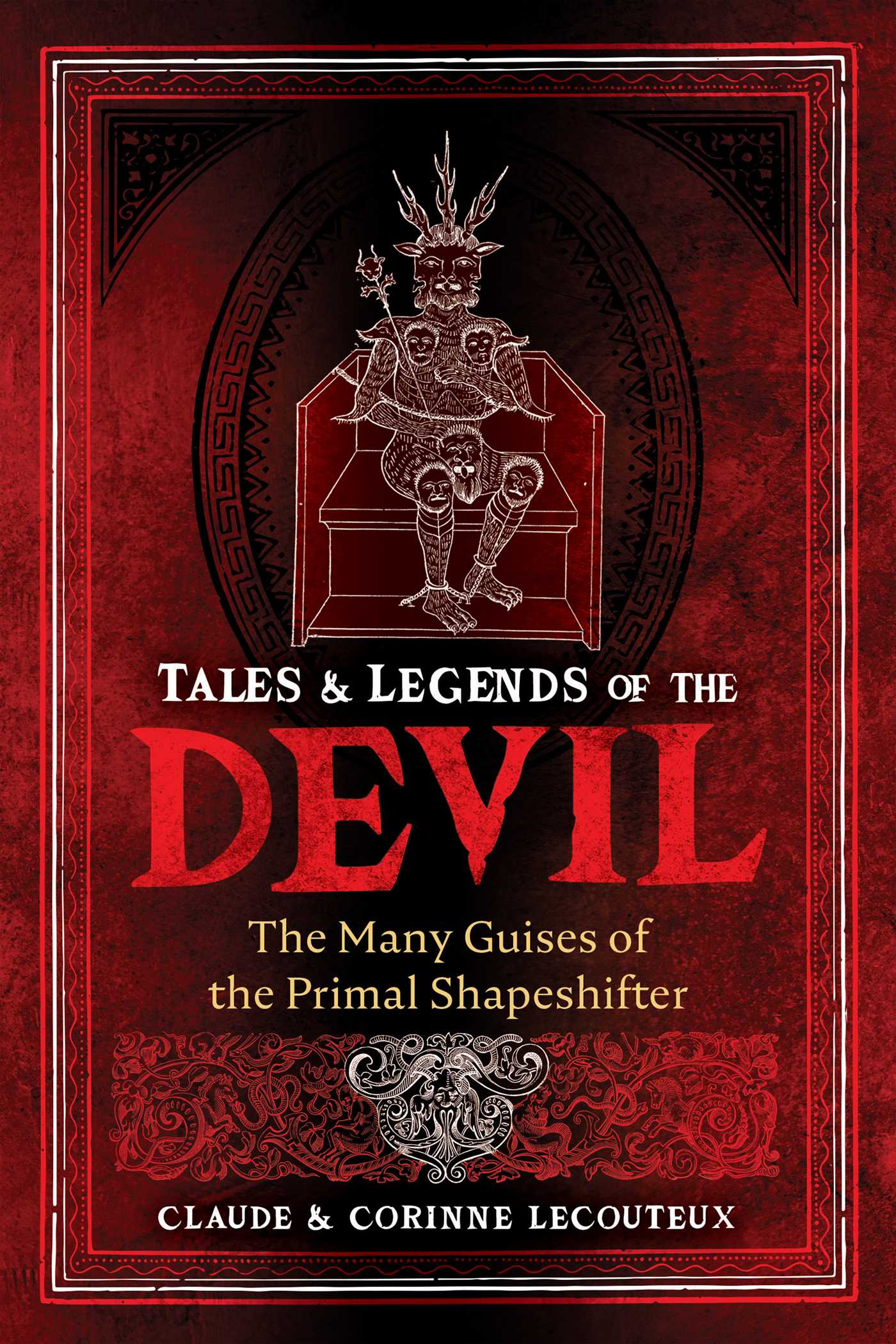
Tales and Legends of the Devil | Free Book

The Many Guises of the Primal Shapeshifter
Explores the many forms and abilities of the devil in stories from
around the world
• Draws on folk traditions from all over Europe, including Transylvanian Romania, Bulgaria, Albania, Switzerland, Italy, France, Scandinavia, and the Baltic countries
• Traces the devil’s shapeshifting powers back to their Vedic origins in ancient India and looks at his connections with witches and storm magic
• Reveals how many of the qualities and magical powers attributed to the devil were once those belonging to pagan gods
The devil has many more guises than the cliché red boogeyman named Lucifer or Satan who haunts Christianity. In some traditions the devil is sinister and cunning, while others portray him as an oaf who can easily be conned and evaded by anyone with an ounce of cleverness. In other tales and legends, he is the primal shapeshifter, and the Roma, also known as the gypsies, claimed his talents of metamorphosis were so strong he could even assume the appearance of a priest.
Drawing on folk traditions from all over Europe, including Transylvanian Romania, Bulgaria, Albania, Switzerland, Italy, France, Scandinavia, Moravia, Bohemia, Lapland, and the Baltic countries, Claude and Corinne Lecouteux explore the many forms and abilities of the devil in stories, tales, and legends throughout the ages. They trace the devil’s shapeshifting powers back to their Vedic origins in ancient India and look at his connections with witches, storm magic, and other magical events. They examine the symbolic implications of the appearance of the devil in these tales, such as how he is often either limping or disfigured with the legs or feet of a goat or other animals traditionally linked to the lower powers or passions. They explain how the devil’s limp or his goat-like feet reflect the prevalence in world mythology of the sacred nature of crippling injuries.
Peeling back the Christian veneer embedded in many tales and legends about the so-called Evil One, the authors ultimately reveal how many of the qualities and magical powers attributed to the devil were once those belonging to pagan gods, like the Lithuanian thunder god Perkūnas or the Titan Chronos, as well as to playful woodland spirits and the sometimes helpful, sometimes fearful fauns and satyrs of Greco-Roman mythology.
• Draws on folk traditions from all over Europe, including Transylvanian Romania, Bulgaria, Albania, Switzerland, Italy, France, Scandinavia, and the Baltic countries
• Traces the devil’s shapeshifting powers back to their Vedic origins in ancient India and looks at his connections with witches and storm magic
• Reveals how many of the qualities and magical powers attributed to the devil were once those belonging to pagan gods
The devil has many more guises than the cliché red boogeyman named Lucifer or Satan who haunts Christianity. In some traditions the devil is sinister and cunning, while others portray him as an oaf who can easily be conned and evaded by anyone with an ounce of cleverness. In other tales and legends, he is the primal shapeshifter, and the Roma, also known as the gypsies, claimed his talents of metamorphosis were so strong he could even assume the appearance of a priest.
Drawing on folk traditions from all over Europe, including Transylvanian Romania, Bulgaria, Albania, Switzerland, Italy, France, Scandinavia, Moravia, Bohemia, Lapland, and the Baltic countries, Claude and Corinne Lecouteux explore the many forms and abilities of the devil in stories, tales, and legends throughout the ages. They trace the devil’s shapeshifting powers back to their Vedic origins in ancient India and look at his connections with witches, storm magic, and other magical events. They examine the symbolic implications of the appearance of the devil in these tales, such as how he is often either limping or disfigured with the legs or feet of a goat or other animals traditionally linked to the lower powers or passions. They explain how the devil’s limp or his goat-like feet reflect the prevalence in world mythology of the sacred nature of crippling injuries.
Peeling back the Christian veneer embedded in many tales and legends about the so-called Evil One, the authors ultimately reveal how many of the qualities and magical powers attributed to the devil were once those belonging to pagan gods, like the Lithuanian thunder god Perkūnas or the Titan Chronos, as well as to playful woodland spirits and the sometimes helpful, sometimes fearful fauns and satyrs of Greco-Roman mythology.
In The Press
“In their majestic collection of folk stories about Satan, authors and curators Claude and Corinne Lecouteux unearth a truth that our culture translates into myth: we as a human community remain deeply affectionate toward our old gods. What in cinema is called Loki, Darth Vader, and Maleficent are the same archetypes that populate these Old-World legends in which our forebears were brave enough to call their antihero by his name. With the very able hand of translator Jon E. Graham, the Lecouteuxs have created a forbidden feast.”
- Title: Tales and Legends of the Devil | Free Book
- Author: Steven
- Created at : 2024-10-22 00:31:05
- Updated at : 2024-10-27 02:35:58
- Link: https://novels-ebooks.techidaily.com/210685486-9781644116869-tales-and-legends-of-the-devil/
- License: This work is licensed under CC BY-NC-SA 4.0.
